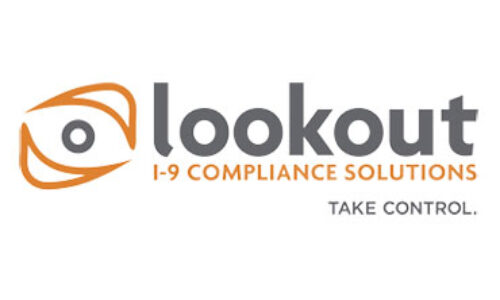
The Form I-9 has been a part of company culture for more than three decades, but one of the most frequently asked questions continues to be, “What are the I-9 instructions for employers?” Despite the form’s deceivingly simple appearance, employers are increasingly turning to additional resources such as digital I-9 software to better navigate it from start to finish. Being familiar with and closely following the I-9 instructions for employers is one of the most important steps an employer can take to achieve and maintain a compliant status.
Why The Form I-9 Is Necessary
In 1986, the Immigration Reform and Control Act was passed which mandated employers to have all employees complete a Form I-9 from that point forward. The form was designed to establish the identity of employees and determine their eligibility to work in the United States.
More than thirty years later, federal law still requires employers to have employees to fill out the Form I-9. Failure to do so could result in serious consequences for the company.
I-9 Instructions For Employers
The I-9 instructions for employers are listed clearly on the form itself, although additional resources such as digital I-9 software that can streamline filling out the form are also available. There are three main sections of the Form I-9, each with its own set of instructions, rules, and deadlines.
- Section 1: This first section of the Form I-9 focuses on the collection of personal data from employees. This part of the form must be completed by the employee’s first day of employment. Employers are responsible for reviewing this part of the form for proper completion.
- Section 2: The second section of this form requires more employee and employer participation. Employees must provide employers with a form approved document of identification. In turn the employer must review identification documents with due diligence to ensure their apparent authenticity, which can dictate the employee’s ability to work within the United States.
- Section 3: The last section of the Form I-9 is mostly the employer’s responsibility in the event that an employee’s name is legally changed, work authorization is expired, or rehire happens within three years of the original date on the form.
Although the form may sound self-explanatory, when it comes to following all the detailed regulations and deadlines many companies find it helpful to utilize additional resources such as digital I-9 software and the U.S. Citizenship and Immigration Services’ Handbook for Employers M-274.
Could My Company Really Be Audited?
Absolutely. It is estimated that ICE worksite investigations have quadrupled in recent years. Add to that the number of audit-related arrests which have also risen, and employers should begin to realize the importance of being proactive in achieving compliance.
No employer is immune to audits, but there are some situations which could make them more susceptible to an audit, including:
- Previous Audits. If a company is audited once by ICE, it is reasonable to suspect it could happen again. For this reason, it is important that employers make all changes recommended during an audit. In the case of a second audit, these same areas are generally the first to be looked at.
- Mismatch Letters. If the Social Security Administration sends a company notification that a social security number does not match a person’s name, that employer could be at a greater risk of a follow up, regardless of whether the mismatch was caused by something simple such as basic human error or not.
- Credible Tips. Although tips are sensibly vetted to ensure they are credible, individuals can tip off Homeland Security authorities via phone or online. While theoretically these tips can come from a number of different places, on average they are most frequently from former disgruntled employees, current disgruntled employees, and discontented competitors.
- Government Agency Red Flags. In this case, a government agency could flag a company if it is suspected or documented that the company has a situation with issues such as equal opportunity employment or wage investigation.
Consequences For Not Being I-9 Compliant
The consequences for being found not compliant during an ICE worksite investigation or audit can be steep. Offenses are generally classified as civil or criminal in nature and are assigned on a case by case basis. This means if the same mistake is made on twenty employees’ Form I-9s, it will most likely result in twenty different violations.
Civil violations are usually document-based and pertain to forms that are incomplete, signatures that are missing, or deadlines that have been missed. While these can be fairly common human errors, they can result in fines up to several thousand dollars each.
Criminal violations are usually assigned for repetitive actions or patterns such as knowingly hiring undocumented individuals. These types of violations can result in even heavier punitive fines but may also come with a partial or full loss of workforce or loss of a business license.
It is important to note that intentional or not, any of the above situations could possibly result in civil or criminal consequences, which is why the added protection of enlisting the help of digital I-9 software is often utilized.
Regardless of the additional resources a company utilizes, it is crucial for employers to implement proper Form I-9 protocol and ensure that management is properly trained to execute the process from start to finish. Many employers find digital I-9 software to be instrumental in assisting management with I-9 instructions for employers.
When it comes to I-9 instructions for employers, the most important steps to take include reading and understanding the form, utilizing available resources such as digital I-9 software, and being proactive in achieving a compliant status.


Leave a Reply